Croatia Animal Friends Urge Croats to Switch to Meatless Diet on Meatout Day
ZAGREB, 19 March 2022 - On the occasion of Meatout Day, observed on 20 March, Croatia Animal Friends urge Croatians not to buy a lot of unnecessary food stocks and to switch to the cereals-based diets.
Switching to the meatless diets in the circumstances of the Russian invasion of Ukraine can also help prevent a possible crisis in food availability, this NGO said in a press release issued on Saturday.
Russia's military aggression against Ukraine has triggered off fears that there will be food shortages, supply chains' disruptions and consequently basic cereals' price rises, the NGO says calling on the general public to think about healthy vegetarian nutrition so as to put an end on the slaughter of animals.
The association says that the benefits can be proved mathematically.
For instance, the production of one kilo-calorie of beef or lamb requires 100 times more land than what is necessary for the production of cereals.
In order to produce a kilo of meat, 15,000 litres of water is necessary, whereas 100 litres of water is required for a kilo of cereals, it added.
The NGO warns that the excessive purchase of food is a senseless way to address the issue of food shortages that could be caused by the war in Ukraine, known as the "breadbasket of Europe", We should be more aware of the repercussions of meat-producing industry and cease eating meat, says the Croatia Animal Friends.
MeatOut was started in 1985 by Farm Animal Rights Movement (FARM) in the USA to promote a conversation questioning the consumption of animal products around the world. March, 20 was selected as symbolic of renewal and turning over a new leaf at the start of spring.
Croatia Marks World Wildlife Day
ZAGREB, 3 March 2022 - Recovering key species for ecosystem restoration is the theme of this year's World Wildlife Day, marked on 3 March to raise awareness of the world’s wild animals and plants.
World Wildlife Day 2022 will draw attention to the need to reverse the fate of the most critically endangered species, to support the restoration of their habitats and ecosystems, and to promote their sustainable use, the Ministry of Economy and Sustainable Development said in a press release on Thursday.
Citing data from the International Union for Conservation of Nature, it said that over a million different species of wild fauna and flora are facing extinction.
The last EU State of Nature report also expressed concern about the rapid rate of reduction of biodiversity in the European Union. Nature in the EU, including Croatia, is mostly threatened by human activity, in particular by alterations of natural ecosystems, unsustainable use of natural resources, and pollution, which has resulted in continued destruction and loss of species, habitats, and ecosystems. In addition to human influence, nature is also facing challenges related to climate change.
Like other EU countries, Croatia also has recognized the need to take appropriate action to conserve wildlife species and habitats.
"We cannot do without nature, and the loss of biodiversity, species, habitats, and ecosystems indeed poses an existential threat to life on Earth," the Ministry of Economy and Sustainable Development said.
World Wildlife Day will be marked at Zagreb Zoo on Saturday when educators will inform visitors about endangered animal species and their habitats.
For more, check out our lifestyle section.
Osijek Offers Accommodation For Animals From Kyiv Zoo
ZAGREB, 1 March 2022 - Osijek City authorities have proposed to the Kyiv Zoo that its animals could be transferred to and accepted in the Osijek Zoo, the mayor of the eastern Croatian city, Ivan Radić, said on Tuesday.
Radić held a meeting with the "Lesja Ukrajinka" association of ethnic Ukrainians in eastern Croatia and they visited the reception centre the city has prepared for Ukrainian refugees.
There are three families with 16 members in the centre already and they have been registered to be assigned refugee status. They are currently being accommodated with their friends in Osijek's suburb of Tenja and in Vukovar-Srijem County.
Earlier in the day, another family with three children also arrived in Osijek, and once they are registered they will travel to Požega to be accommodated with their friends.
Osijek residents have expressed their willingness to accept refugees, and hotels and hostels have also made their capacities available for the reception of refugees, the mayor said.
Representatives of the Osijek Public Transport company (GPP) are in contact with the Red Cross to send the company's vehicles to the border to transport Ukrainian refugees to Osijek, if necessary.
Ukrainians will be able to use Osijek public transport services free of charge.
We want the war to end and we wish Ukrainians outside their homeland to be able to return to their homes as soon as possible, said Radić.
The head of the association, Oksana Martinjuk, thanked the local authorities for their great support and aid.
Zagreb Park Named after Soviet Space Dog 'Laika', First Living Creature to Orbit Earth
February 3, 2022 - One Zagreb park is paying tribute to Laika, the first living creature to orbit the earth. Introducing the Laika Dog Park.
This is how we pay tribute to the first earthly being in space, reminding us of all animals that lost their lives for science.
As Jutarnji/VauMijau writes, the meadow behind the popular buildings in Zagreb called Rakete (Rockets), located in Vrbnik, has always been used by dog owners and their shaggy family members for various activities. Last year, the trail was upgraded with the addition of benches and tables that made the meadow suitable for social activities. However, the meadow, never really got a name.
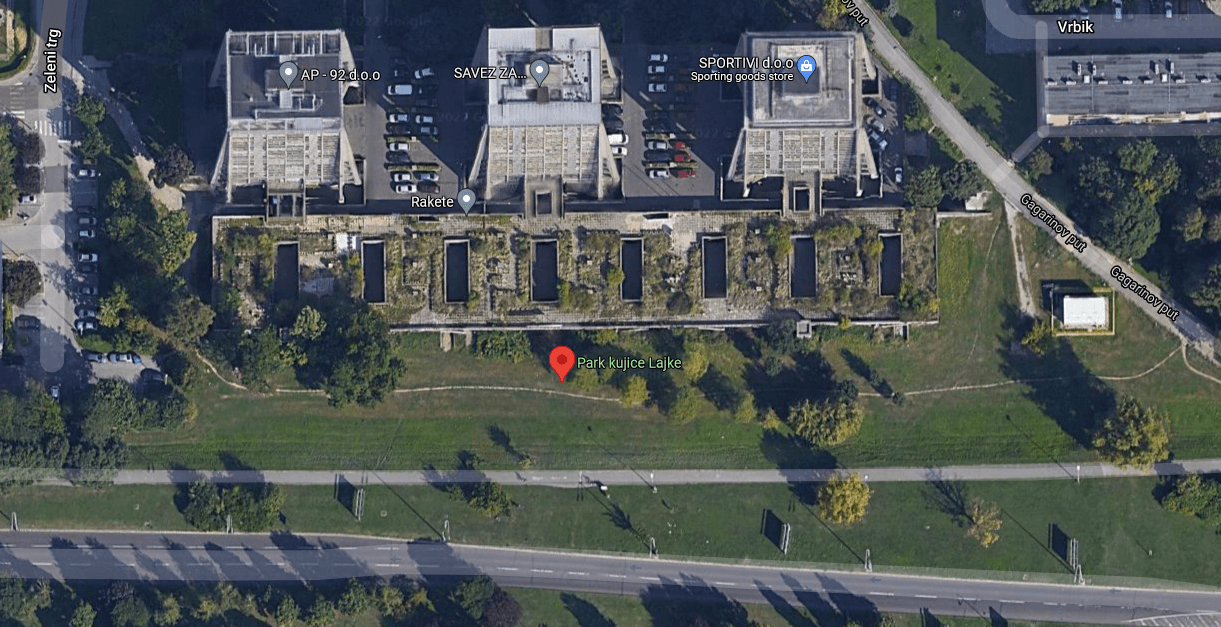
Location of the park, Screenshot: Google Maps
That will soon change. The Cvjetnica local committee voted and concluded that the meadow is finally being named. While it was not an easy decision, it will be named after the Soviet space dog, Laika.
On November 3rd, 1957, Laika became the first living creature launched into orbit. Laika’s fate as a space dog was short-lived and sad. Picked up from the street, it was first named Kudrjavka (Curly). It was chosen among ten candidates because it showed exceptional calmness during the examination. The Sputnik passenger cabin allowed it to lie down and stand.
We do not know if another park, street, or public area in Zagreb and Croatia is named after an animal but in this way, we pay tribute to the first earthly being sent to space, while reminding us of all animals that lost their lives because of science.
The location of the park is suitable and symbolic as it is located along Slavonian Avenue behind the skyscrapers called Rakete (Rockets), as a symbol of going to space, and leans on Gagarin’s Way, named after the first cosmonaut in space Yuri Gagarin.
Bravo for MO Cvjetnica! Woof - woof - members of “Trnje je naše” initiative wrote on Facebook.
For more, check out our lifestyle section.
Azil Dumovec: Where Zagreb Bus Drivers Take Their Injured Owls
December 8, 2021 – When there's an animal emergency in Zagreb, Azil Dumovec are the first to respond. TCN visits the city animal shelter to find out what they do.
Zagreb bus driver Dario Buzjak was making his final run from Velika Gorica back to the city terminal when he noticed something unusual lying in the road. Saturday night had already turned to Sunday morning on this late November evening. Yet, despite the lateness of the hour, the cold and bad weather, Dario postponed clocking off to stop and take a closer look.
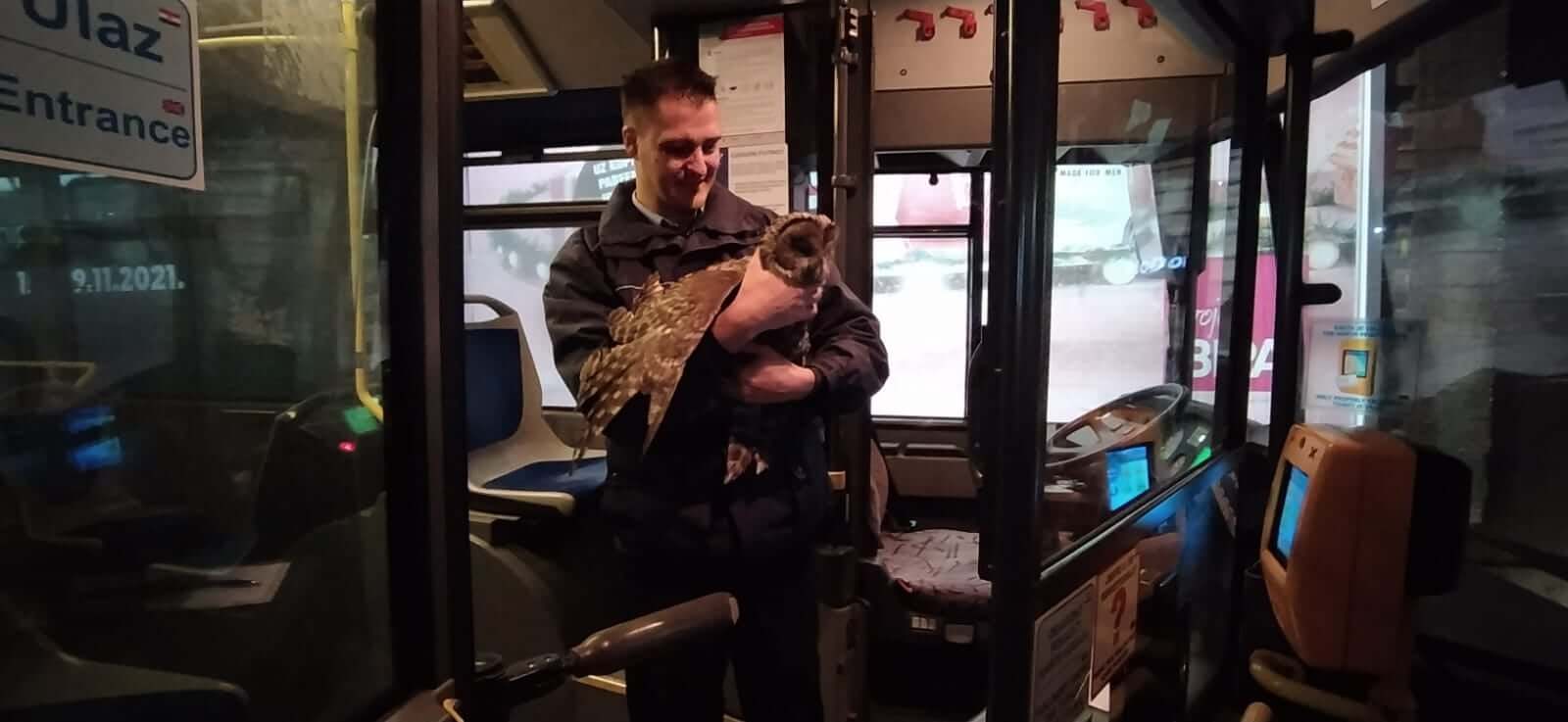
As he got nearer, Dario could tell the owl was injured. So, to make sure she wouldn't be run over by another driver, he carefully picked her up. After placing her in the footwell of his bus, he started back on his journey to the station.

But, what to do next? Just who does a Zagreb bus driver contact when he finds an injured owl in the road?
Luckily, Dario Buzjak knew exactly what to do. He called Azil Dumovec.
“Dario knew about us because he adopted one of our dogs a few years ago,” says Tatjana Zajec, manager of Azil Dumovec. Based on the eastern outskirts of Zagreb, it is Croatia's first and largest municipality-owned animal shelter. “After he made sure it was safe inside the bus, he called us immediately. We took the call here and sent out one of our animal welfare responders.”
If there's an emergency involving an animal in Zagreb, Azil Dumovec is the first point of call. In fact, if someone phones 112 (the general emergency line) about an animal, the operator will make an assessment and, if warranted, transfer the caller to Azil Dumovec.

“On average, we take around 60 calls per day,” says Tatjana, as she shows Total Croatia News around their operations in Dumovec. Cats wander freely around the shelter's offices. Outside, a long line of excited dogs - temporary visitors waiting to be adopted. “Around 10 of those calls will be about wildlife. The others will be about domesticated animals and could come from members of the public, neighbours, the police or social services.”
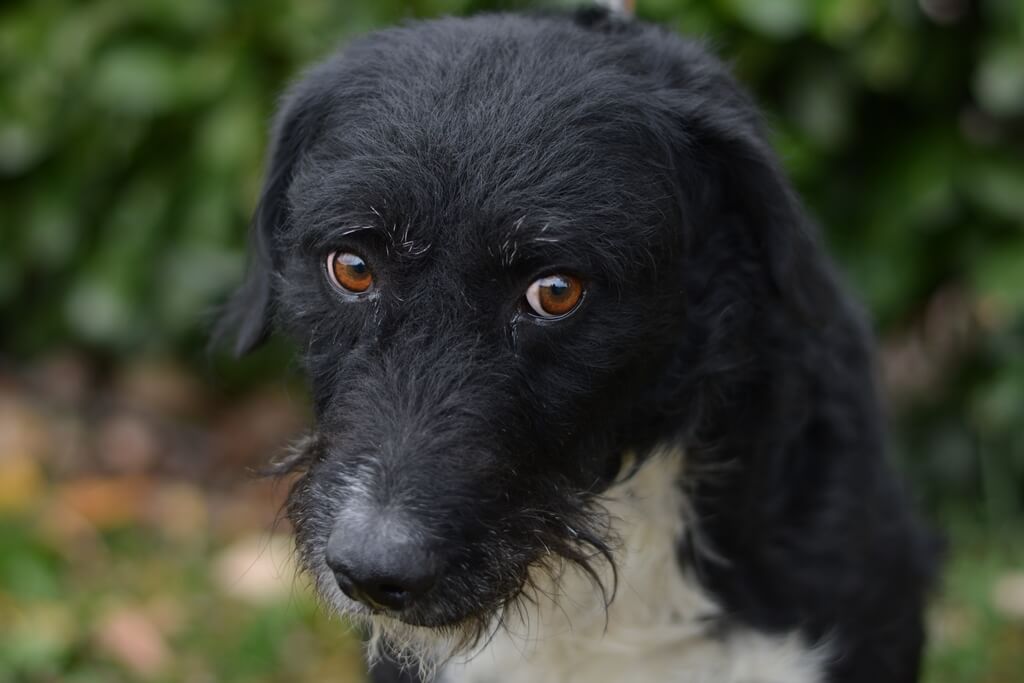
“They're not always calling about dogs and cats. We are asked to come to collect pigs, ducks, geese and chickens, even though you're not really supposed to be keeping such animals when you live within city limits. Also sheep. In fact, we had one sheep just last week. She was tied to a tree in a city park. The police called us. But, by the time we got there a guy had arrived from the local pub and claimed it as his sheep. He'd tied it up in the park while he went for a drink.”

When Azil Dumovec are contacted about an animal emergency, their phone operators must decide what to do. If the call is about a regular domesticated house pet, like a dog or a cat, the animal is brought to the centre in Dumovec, checked by their vets and given a temporary home until a new one is found. If the call is about a more exotic or wild animal, Azil Dumovec will despatch a responder to collect it and take it to the Wildlife Rehabilitation section of Zagreb Zoo. The other option is to transfer the animal to AWAP (Association for Wild Animals Protection), a charity rescue centre for confiscated and injured protected animals.
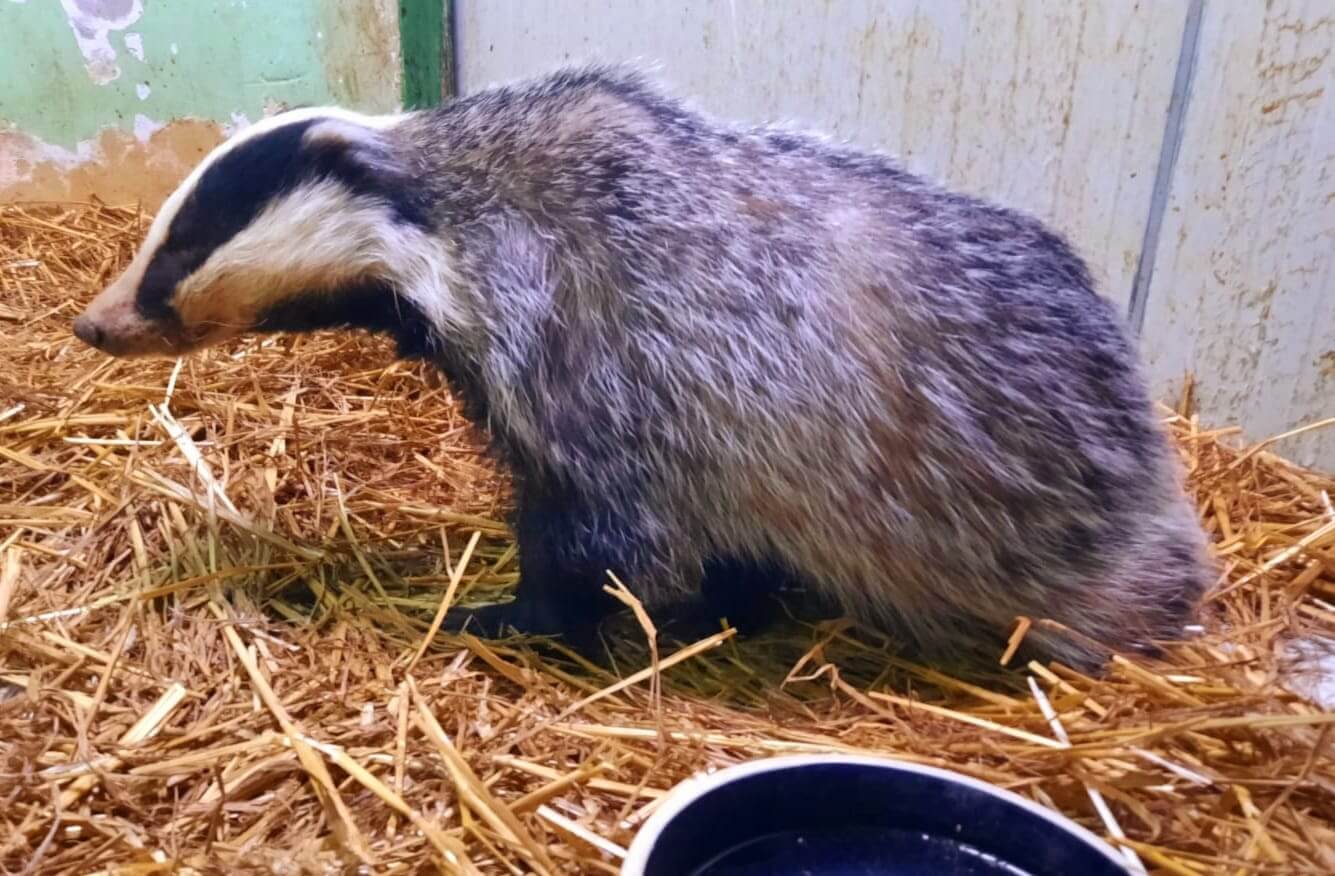
“We deal with bats, badgers, beavers, deer, snakes, you name it,” says Tatjana. “Occasionally we even see some venomous snakes like poskok (Horned viper - Vipera ammodytes). Usually, they live in the area of Medvednica. But, several times we've been called to remove them from Zagreb houses. They crawl into basements and sometimes cars to escape from bad weather.”
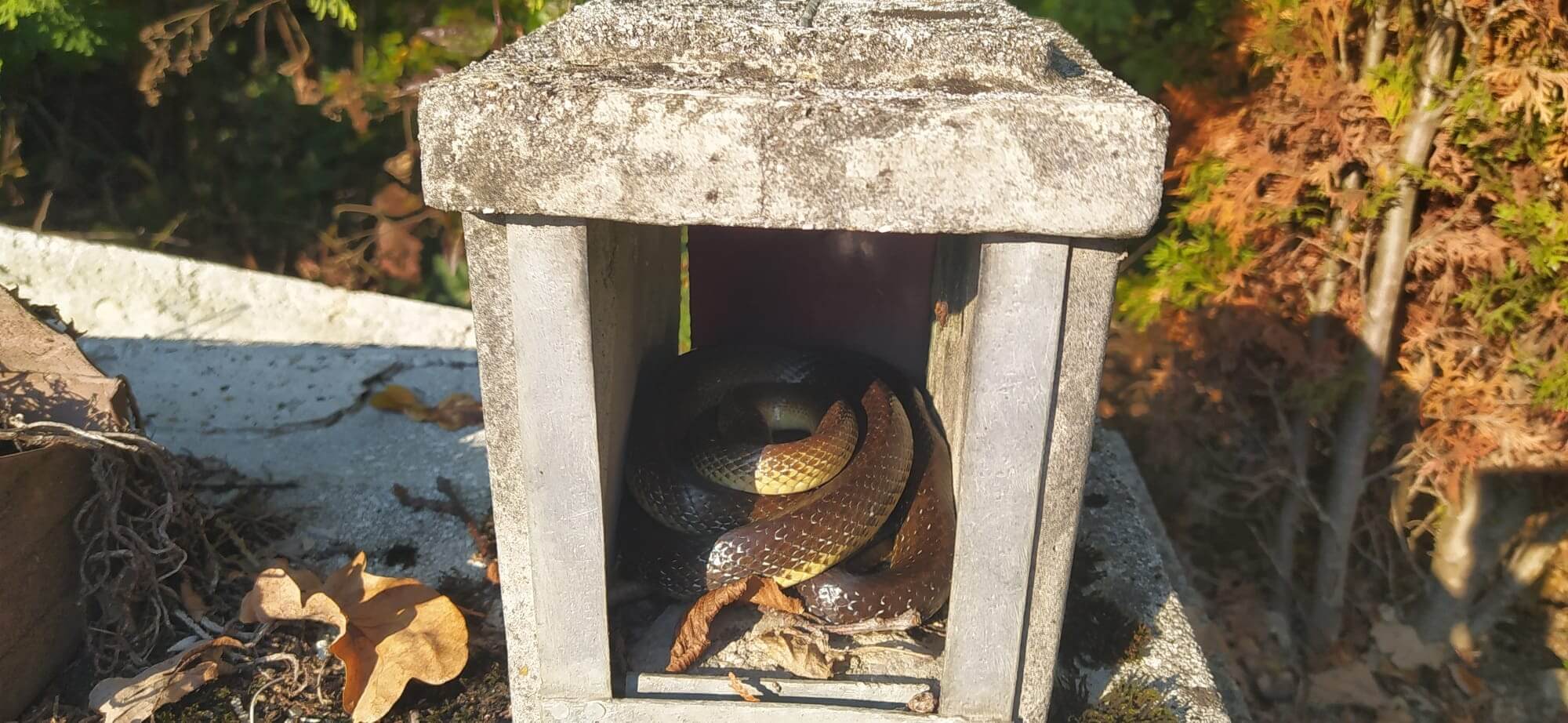
“A lot of the calls we get are because wild animals share parts of the city with people,” she says. “And, many of the people who live here just don't understand it. They don't know what to do. For instance, they might have a bird or a bat that makes a home for itself on their balcony. Or they might be startled by the sight of a family of foxes living on the embankment. We know one deer who likes to come to an area near Cibona Tower, very close to the city centre. He comes every year. I think it's maybe a student accommodation place. We always have so many calls about him.”
Sandrino, Tatjana's co-worker shakes his head. A veteran worker at the shelter, Sandrino used to work outside with the animals. Now, he answers the phone in the call centre.
“This is cleaner,” he tells TCN of his new position. “But, honestly, it's better to work outside with the dogs.”
Why?
“Different kinds of people call you,” he says. His emphasis is on the word 'different'. He's being polite.
“Well, it's a big town,” he adds, with a shrug and a smile. “One guy found an injured pigeon. We had to send it to AWAP. He asked “Can I come to visit him?”, like it is some kind of hospital with visiting times.” Sandrino laughs.
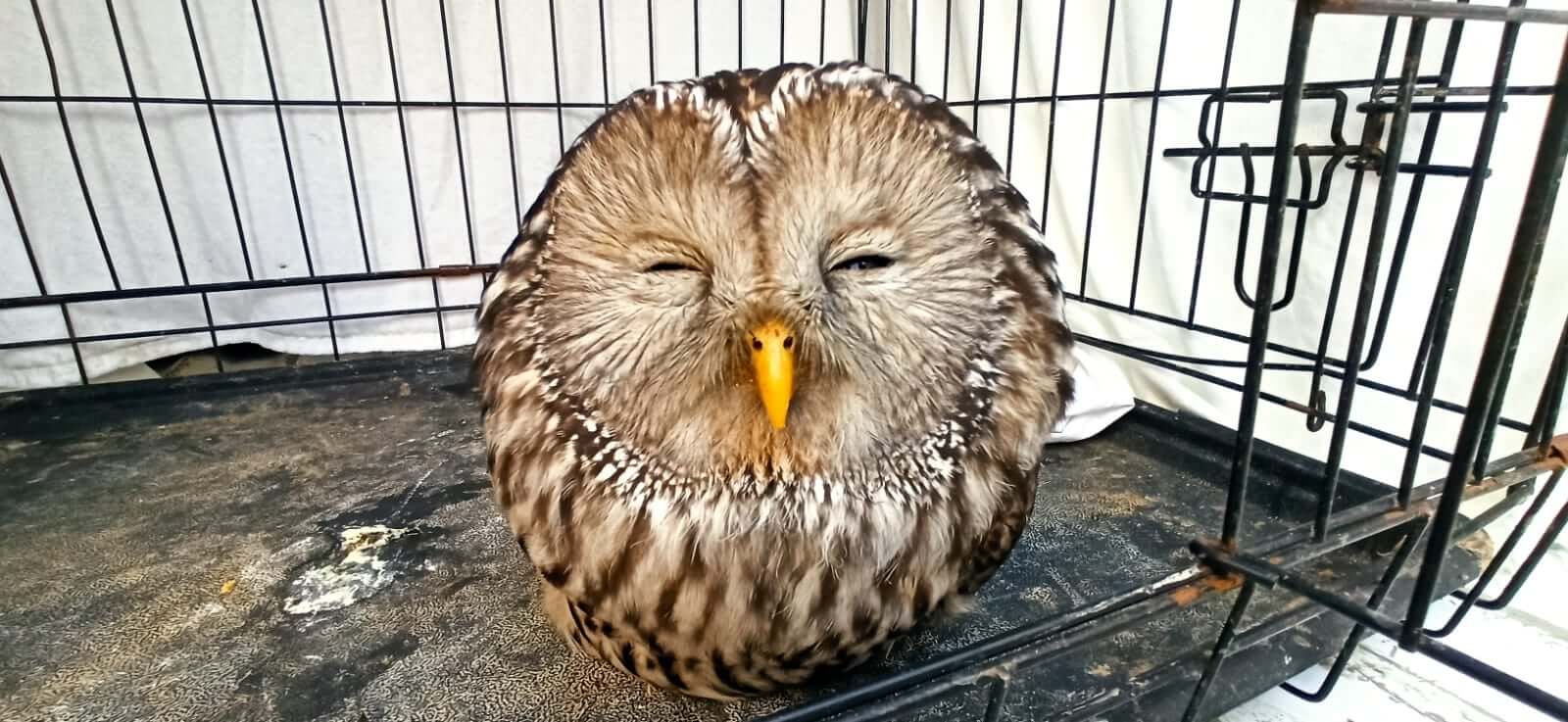 Another owl referral to Azil Dumovec. This one, collected on 3 December, was found near Koprivnica
Another owl referral to Azil Dumovec. This one, collected on 3 December, was found near Koprivnica
Tatjana herself has also seen her role change significantly during her time here. Originally, she graduated as a veterinary doctor. But, since joining Azil Dumovec, she's become shelter manager and helped them shape Croatian law and embrace the social media revolution.
“Actually, we took some inspiration from the UK,” she recalls. “After graduation, I contacted the RSPCA and the Dog's Trust to learn how they did things. Thereafter we became a 'no kill' shelter. Our next step was to lead the call for our Animal Welfare Law in Croatia to be changed. We succeeded and after that, all Croatia's shelters became 'no kill', like us.”
 Dario Buzjak visits the owl he found at Zagreb Zoo
Dario Buzjak visits the owl he found at Zagreb Zoo
In the hours following Dario Buzjak's owl discovery, it seemed like half of Zagreb knew about his story. Photos of the owl taking a ride on Dario's Zagreb bus hit Facebook and Instagram first. The next day, TV and newspaper reporters were dispatched to Zagreb Zoo where they interviewed Dario visiting his new friend.
“Today, our social media accounts are a very important part of our communications,” says Tajana. “We dedicate quite a lot of time to them – posting photos, getting the stories and following up. But, in the end, it's totally worth it. These social media channels are the reason we have the highest rehoming rates in Croatia. We rehome over 1000 animals every year.”
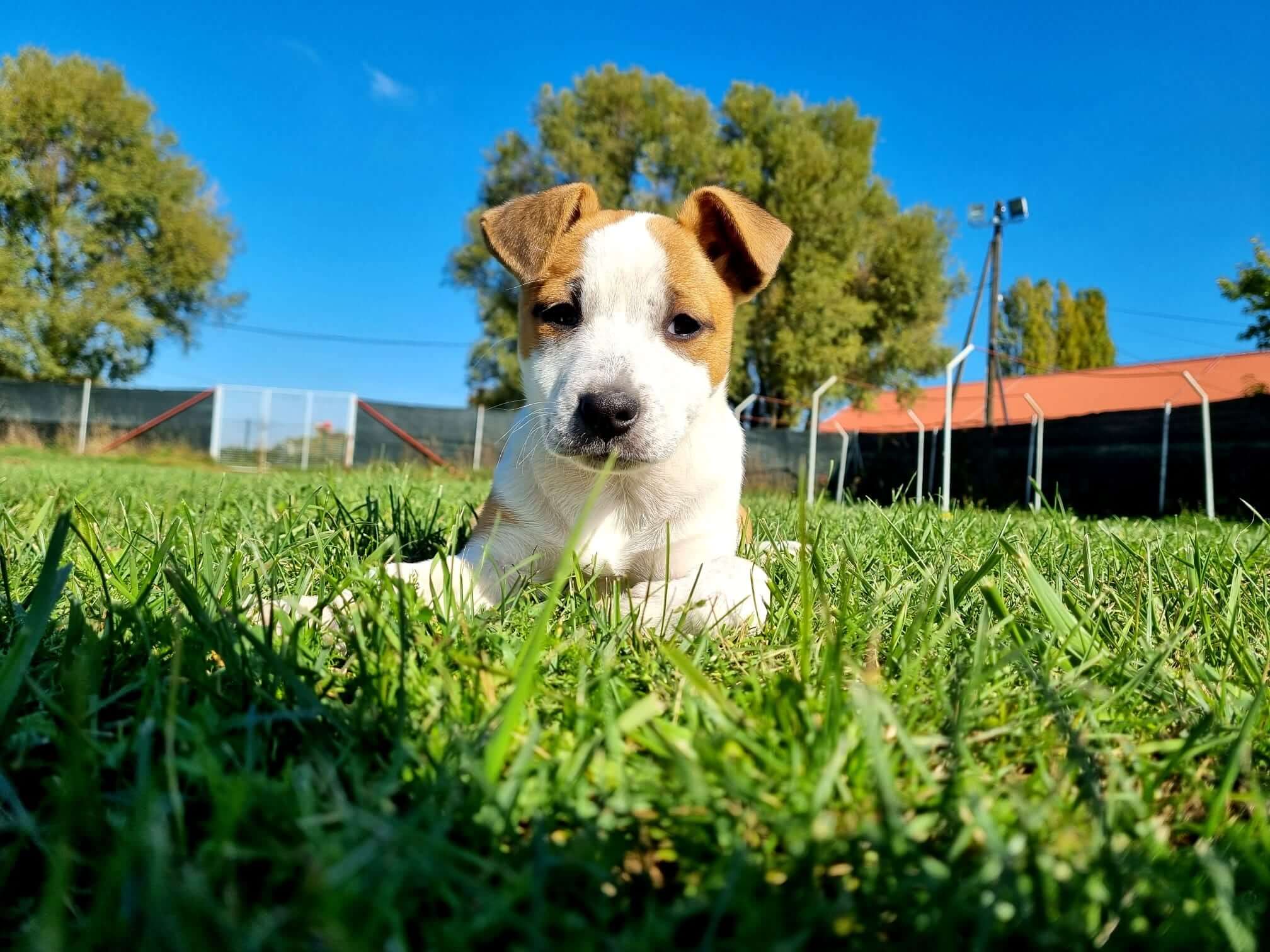 Cute photos on social media. Time-consuming but effective.
Cute photos on social media. Time-consuming but effective.
You can find out more about Azil Dumovec from their website here, their Facebook here or their Instagram here
All images courtesy Azil Dumovec
Injured Turtle in Korčula Bay: Rescued, Treated, Ready For New Life
July 17, 2021 - An injured turtle in Korčula Bay sparked immediate action by locals and vets, seeing the turtle being saved and getting a second chance.
Like many other places, towns, locations, and neighborhoods, Korčula also has groups on social media to ease communication among users who share the same place of daily life. Friday afternoon saw residents of Korčula have a big heart, and despite might being stereotypically perceived as laid back, chilled chaps (as for every Mediterranian-culture impacted people), they were quick to act when needed.
A user under the name Antoni Ja, one of the members of the FB group Oglasnik otoka Korčule (Korčula Island Message Board), reported on a 20 kilo turtle floating in the sea in Žrnovska Banja. Floating, the keyword.
„Please do something, so it doesn't get hit by a speedboat or some maniac“, said Antoni Ja.
Other users immediately started to worry if the turtle was injured, and the name of a local vet Vilović was suggested as an address to report the issue.
Sure enough, Vilović examined the turtle, and the 20-kilo turtle turned out to be over 50 kilos. Not quite often seen in shallow waters, but nevertheless a normal turtle size in the Adriatic sea.
„It had a head wound, most likely from the propeller. It is on its way to the Specialist in Split by catamaran“, briefly commented Vilović.
Indeed, as the photo on the FB group published by Ana Jurić shows, the turtle was on its way to Split.
„Kudos to the vet and the guys that organized all this, and the turtle is huge!“ wrote Jurić.
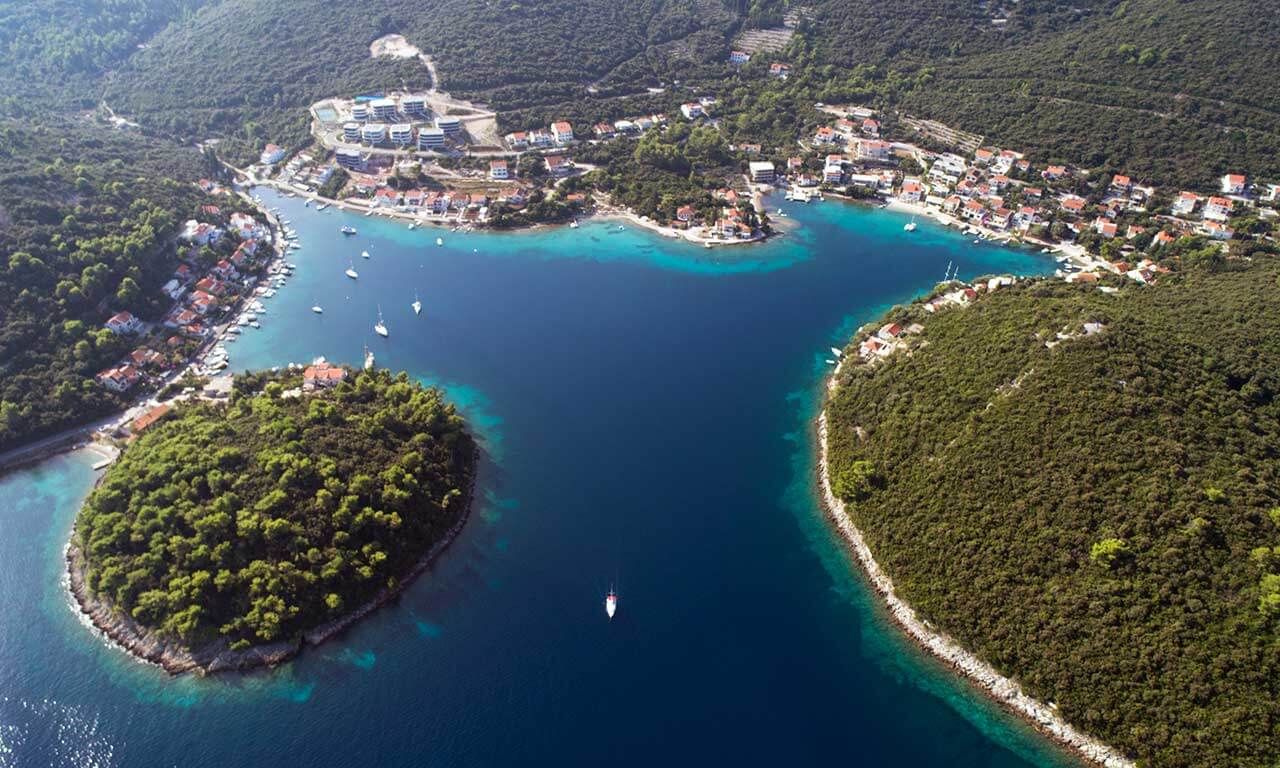
Zrnovska Banja where the turtle was spotted floating © Visit Korcula
Dr. Mario Gavranović, head of the VET VISION clinic in Split, confirmed that the turtle arrived on Friday night. „It should arrive in an hour or two. The propeller injury is an old wound and I will first have to examine it to see what is the proper way of treatment“, said Dr. Gavranović.
When contacted on Saturday morning to provide more information on what happened to the turtle, dr. Gavranović wasn't in his office. As confirmed by Aquarium Pula, the reason was Gavranović took the turtle to the aquarium which also has a Marine turtles rescue centre.
"The turtle is alright, on its way and should be in the Centre around midday", briefly confirmed Aquairum Pula.
Pula's rescue centre has been active for around 17 years (with turtles being strictly protected in Croatia since 1995 as one of the most endangered animal species), and Morski.hr wrote in 2019 how the centre cured over 100 turtles.
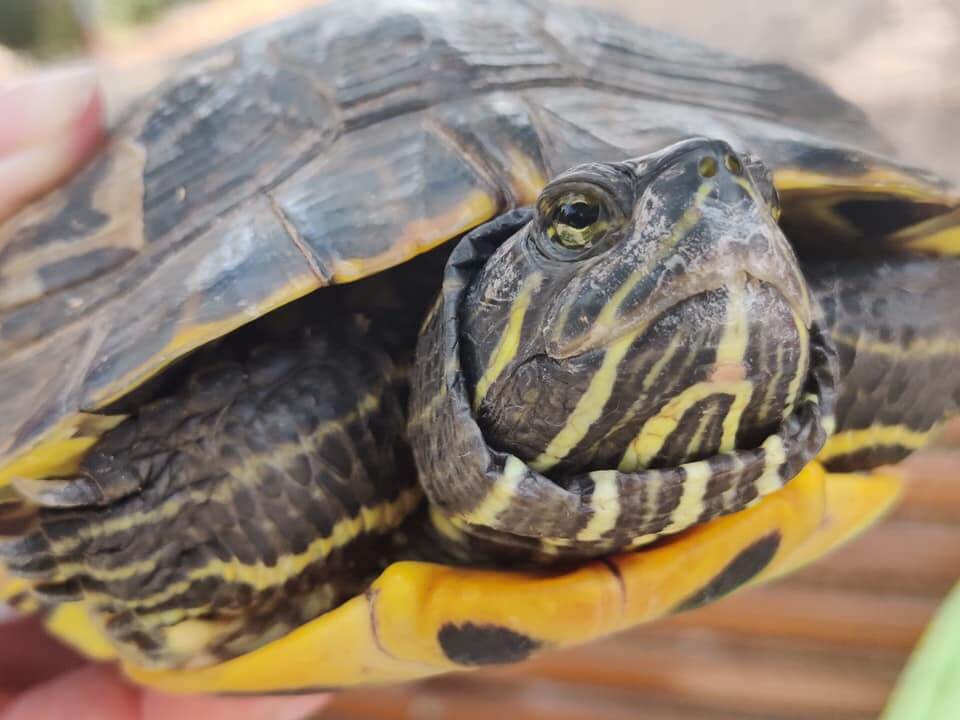
One of the many rescued turtles by Marine turtles rescue centre © Aquarium Pula
Croatia loves its animals
With vets displaying their expertise, locals on Korčula once again demonstrated their compassion and big heart when it comes to animals. And that compassion is not different from the general mood in Croatia.
With the nourishing of the recently deceased stork Malena being the most famous story of love between Croatians and animals, there were plenty of other examples too. From rejoicing every time whales or dolphins are spotted, when sheep visited the Zadar mall or when a Croatian reality TV star Jasmin Kunišinac raised a fox.
Unfortunately, Croatia also records cases of animal cruelty, such as the poisoning of cats and dogs, and each time Croatian public met it with a fierce backlash and anger for such acts.
Despite quite often arguing about everything imaginable and unimaginable, Croatians also express solidarity with each other when things get tough. For instance, many cities canceled their new year celebrations and relocated the money to Petrinja following its earthquake, as well as Croatian entrepreneurs too. But, many more instances of help were noted over the years.
Learn more about Korčula on our TC page.
For more about animals in Croatia, follow TCN's dedicated page.
Malena Passed Away: Croatia Mourns End of Klepetan and Malena Stork Love Story
July 7, 2021 - Croatia is sad to learn of the passing of beloved Malena, thus ending the heartwarming love story of the most famous storks in Croatia - Klepetan and Malena.
Nineteen years of stork romance between Malena and Klepetan in the Slavonian village of Brodski Varoš (near Slavonski Brod), has sadly come to a tragic end. As Index.hr reports, Malena passed away after failing to eat for eleven days.
''I tried to feed her but it didn't work,'' said Stjepan Vokić, a former janitor who found Malena 28 years ago. The year was 1993, and Malena was injured (her wing had been shot) so Vokić rescued her, and the two spent time together, awaiting the arrival of spring. As Malena couldn't travel due to her injured wing, she could only rely on Vokić to help her through tough winter months, and she kept him company.
In 2002, another important man (well, actually a male stork), Klepetan, showed up in her life, and the couple gave life to 66 small storks. Their love was challenged with Klepetan, doing what storks do, fleeing to Africa every autumn. However, Malena waited for him, and he couldn't forget her either, and their occasional long-distance romance indeed grew into true love and not just a summer fling.
''I noticed she wasn't well on June 9. It was just when the heatwave started. She wanted to go after Klepetan, but she couldn't. She fell down, and I brought her inside. She didn't want to eat nor did she want to drink any water. It was as if she wanted to end her life because falling down is a humiliation for storks, I'd say,'' Vokić said to Večernji List, adding that she passed away peacefully, closing her eyes while on the lap of one of Vokić's friends and dying.
The romance of Klepetan and Malena was followed globally, and many Croatians mourned when the news broke out. Naturally, nobody took it harder than Klepetan.
''He comes every evening. I tell him, 'she's gone now, Klepo'. I buried her in her favourite place where she always waited for him,'' said Vokić.
He added that he would wait for Klepetan and welcome him to his place if he decides to return next year.
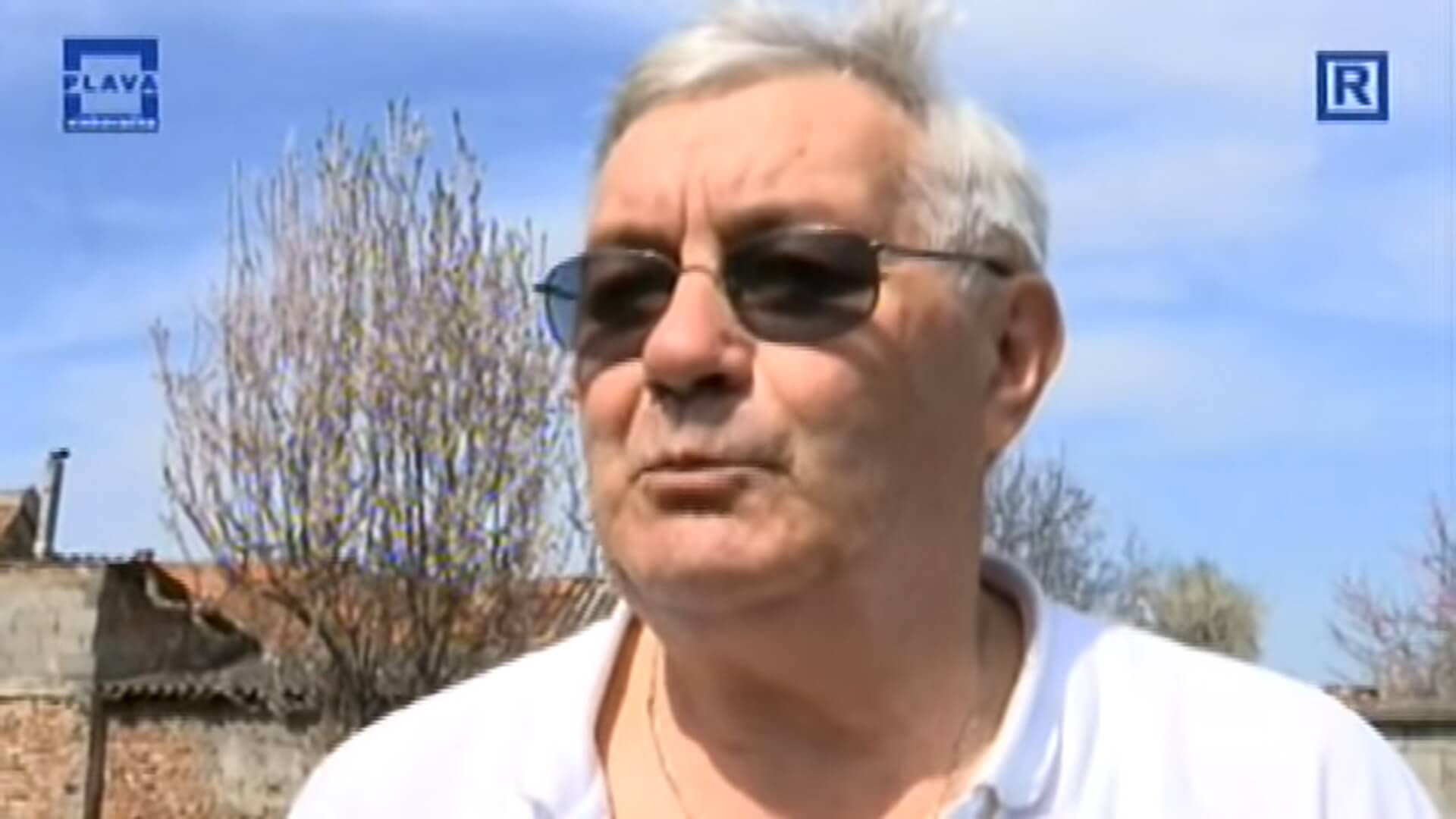
Stjepan Vokić who rescued and took care of Malena, screenshot / Jelena Osijek OS
The 19-year romance of Klepetan and Malena couldn't have gone unnoticed for us here at TCN.
Klepetan returned every year (sooner or later), and in 2019, many feared that the love story had concluded with Klepetan's death.
"Four of them (birds) came and began making some very sad noises. I knew then that Klepo had gone, he had died. You know how they say that birds die singing," Vokić sadly said in 2019.
However, it was, fortunately, a false alarm, as Klepetan returned in 2020.
At least Malena's love story, while challenging, was much happier than the famous literary tragedy, as she was happily in love and the 66 kids of Malena and Klepetan raise the stork count in Croatia, adding to Croatia's bird population and general biodiversity.
Storks are beloved guests at Lonjsko Polje. Learn more on our TC page.
For more about animals in Croatia, follow TCN's dedicated page.
VIDEO: Drone Reveals Super Close Encounter Beneath Zadar Whale Chasers
March 5, 2021 – Two locals look fragile and exposed against the gigantic secrets of the sea beneath them as newly revealed drone footage shows a super close encounter for Zadar whale chasers
Upon hearing a whale had strayed in the Karin Sea, Igor Goić and Sandra Župan, decided to set off to try and get a closer look. They became Zadar whale chasers for the day. On 4 March 2021, Croatian media Vecernji List described the pair as great lovers of travel and exploration of natural beauty.
A couple of months ago, the Zadar whale chasers travelled to the bay, some 30 kilometres from the city, to try and catch a glimpse of the sizeable mammal. Two days ago, they published a drone video from the day which made them realise only now that the whale was much closer to them than they thought.
Zadar whale chasers spoke to the media
“Last year, on October 10th we followed a fin whale that got sidetracked in Karin bay. We thought that the closest he got near us was around 5-6m. Today, by checking some footage from the drone we found this,” they wrote on Instagram.
The Zadar whale chasers' drone footage was transferred to processing software, which sharpens the contrast and "fixed" the colours a bit. This allowed the pair to find out they were much closer to the whale than they previously thought. In fact, he passes directly beneath the Zadar whale chasers boat.
“When you are in a kayak, low above the (water) surface, you do not see anything from the empty glare,” said Zadar whale chasers cameraman and director Igor Goić to Morski.hr “and as we tested with the paddle, the visibility was maybe up to 2 meters (when you dip the whole paddle you can't see the other end).
Goić explained to the media that not only had the fixed footage revealed the surprise and previously unknown passage of the animal beneath them. There is also another shot where it comes alongside the Zadar whale chasers kayak and then turns on its side for a minute so it can watch them. Getting up close to nature is one thing, but when your kayak is dwarfed by such an amazing creature of the sea, perhaps some nearness is too close for comfort.
For the latest travel info, bookmark our main travel info article, which is updated daily.
Read the Croatian Travel Update in your language - now available in 24 languages.
Dinaric Karst Caves World's Richest In Species, 70% Indigenous To Croatia
February 8, 2021 – The Dinaric karst caves found intermittently down the length of the country's coast are the richest in the world when it comes to species that live within them. Many of them are extremely rare, with 70% of them being indigenous exclusively to Croatia
Dinaric karst caves are one of the best-kept secrets of Dalmatia. While the majestic Dinaric Alps are an ever-present backdrop within holiday photos taken on the Croatian coast, the Dinaric karst caves and cave systems that can be found intermittently running through them remain little known, explored only by a handful of expert speleologists and biologists. And, that is how it should remain, because they are teeming with very rare species.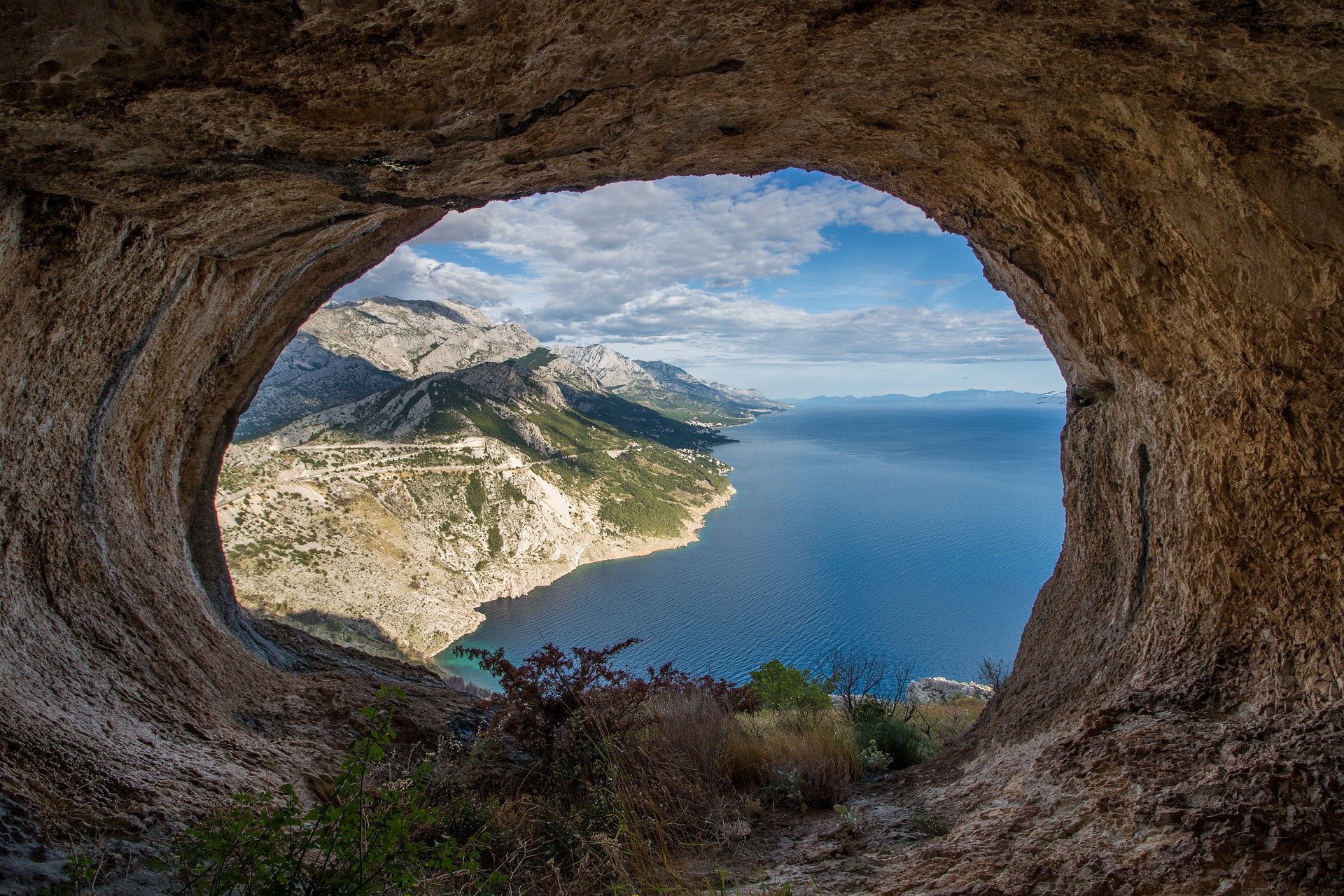 A cave in the Dinaric Alps in Dalmatia
A cave in the Dinaric Alps in Dalmatia
Croatia's Dinaric karst caves are the richest in the world when it comes to species that live within them. Many of the creatures that live in Dinaric karst caves are extremely rare, with 70% of them being indigenous exclusively to Croatia.
Having evolved over millenia to life in the darkened environs of Dinaric karst caves, the animals that inhabit this subterranean ground once lived above-ground and were much more common. The tough, lightless conditions of Dinaric karst caves meant that only those who were strong enough to adapt would survive, developing new features or losing others in response to their habitat.
Recently featured in TCN because it is up for 'Mollusc of the Year', the rare Congeria Kusceri is a classic example of how Dinaric karst caves have changed in response to their environment. The mollusc lost its pigmentation and any sense of sight due to having a lifetime bereft of sunlight.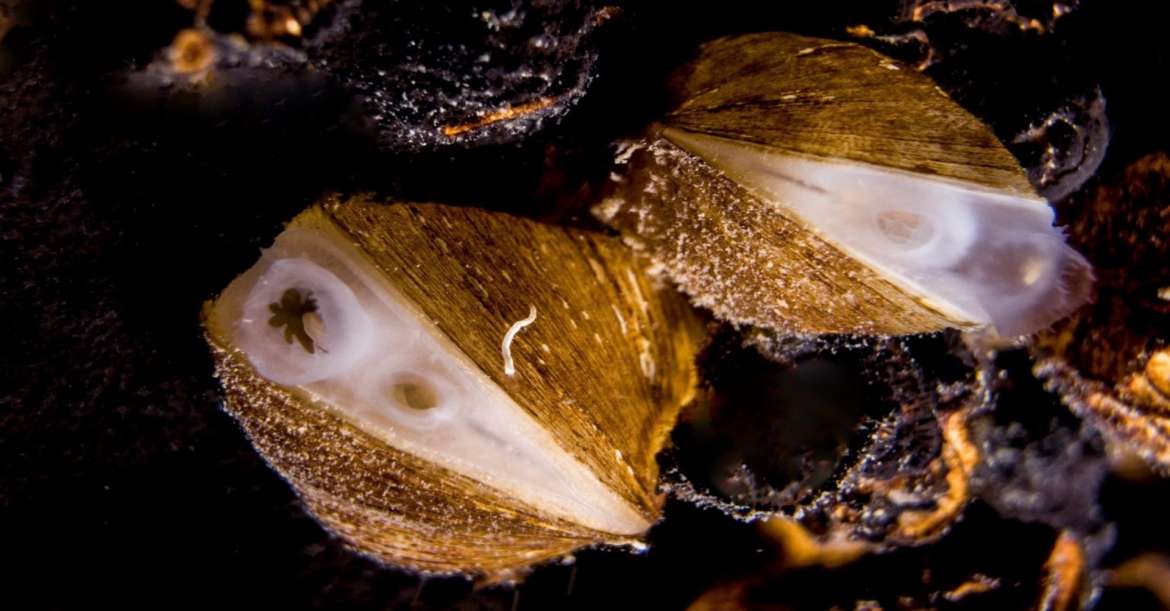 Congeria kusceri © Vedran Jalžić
Congeria kusceri © Vedran Jalžić
According to a recent article published by National Park Krka, who themselves have many rare species and Dinaric karst caves, other classic characteristics of the evolutionary process on Dinaric karst caves species include a thinning of the integument (the protective outer layer, shell or skin), lengthening of body parts, slow metabolism, life longevity, low reproduction, accumulation of fat reserves, reduced aggression, cessation of day-night rhythm, cessation of seasonal changes and activities, and changes in brain structure.
186 Dinaric karst caves species have been endangered according to the endangerment criteria of the International Organization for Nature Protection (IUCN). One of the biggest threats is the pollution of their underground habitats. Therefore, some of caves have been recognised at a national and at an EU-level as being natural habitats of special interest and marked as off-limits. About 400 speleological objects are listed under Caves and pits closed to the public (code 8310) and 220 under Overflowing or partially flooded sea caves (code 8330).
But, for those interested in discovering the hidden network of Dinaric karst caves within Croatia, there are many which are accessible and open to the public. Official guides and several speleology associations are available to reveal these secret subterranean lairs. What you see inside might be just as spectacular as how these mountains look in the background of your holiday snaps.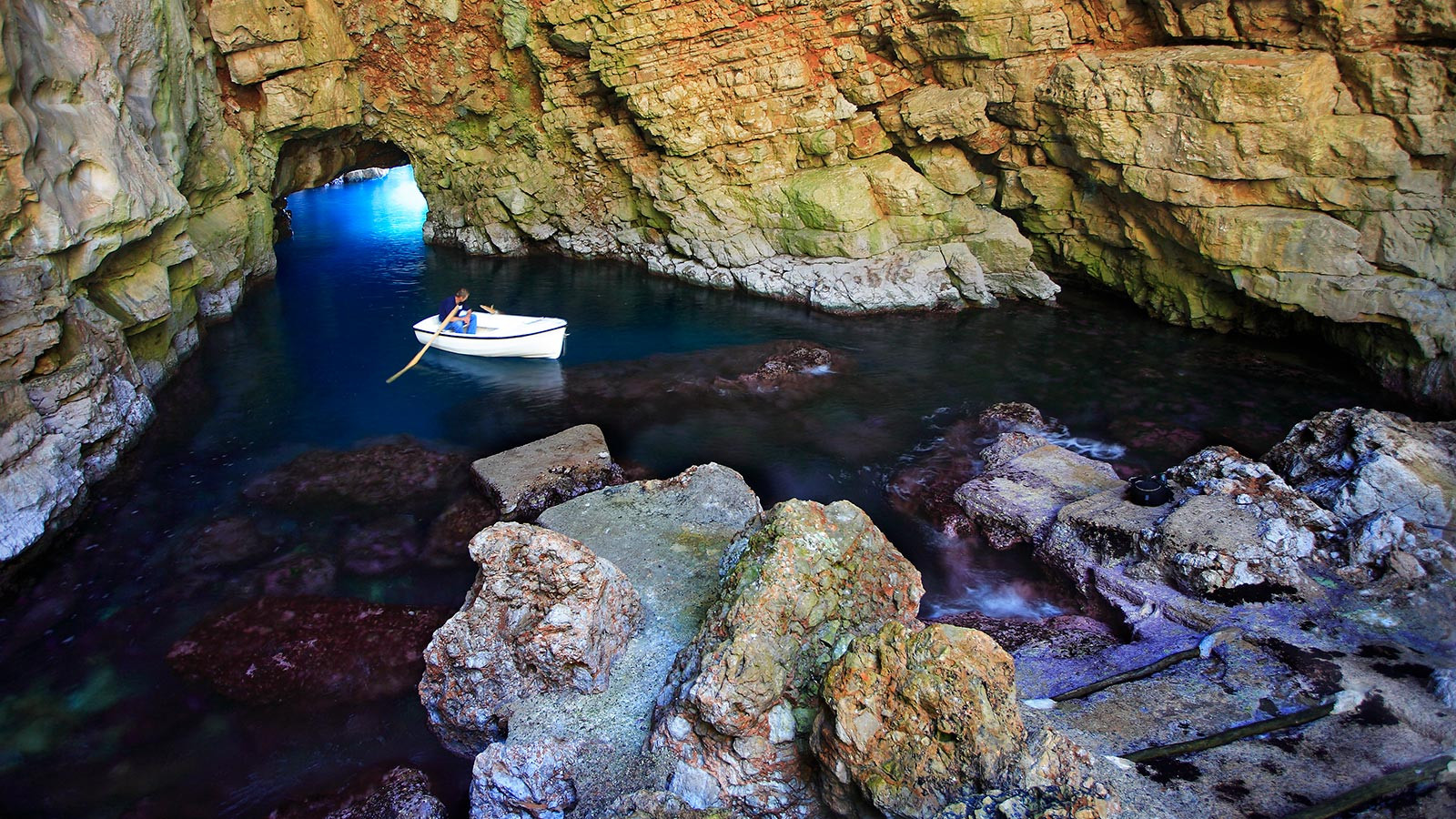
The Ulysses cave on Mljet island, one of the many caves in Croatia which is accessible to the public © TZ Mljet
VIDEO: Family of Zadar Sheep Visit Shopping Mall, Looking for Woolmart?
February 5, 2021 – Visitors to a mall in Dalmatia were yesterday surprised to see their shopping trip shared by a family of Zadar sheep, who were filmed strolling beneath the logos of famous brands. The video became a big hit on social media
The people who inhabit Croatia's coastal region of Dalmatia like to take pride in the good things they have. And well they might. Their region is beyond-beautiful – a long stretch of idyllic coastline and islands, sat before pristine seas, with a spectacular mountain backdrop behind which a wealth of culture, tradition, nature and authentic Croatian cuisine lie.
Part of that cuisine is lamb. Dalmatia lamb is highly prized – indeed, indeed the lamb from Dalmatian island Pag, and that of the Lika region is protected at an EU-level tied to its place of origin. But, those are not the only places in Croatia that have fantastic lamb. Within many of Dalmatia's foothills, you'll find sheep and shepherds. Zadar sheep are just some of those who graze on grasslands around Dalmatia's cities, towns and villages. Well, usually they do.
Over recent days, one family of Zadar sheep quit the quieter areas on the edge of the city suburbs and descended on the town. They were caught on video taking a stroll around the car park of a popular mall on the edge of the city. Filmed in front of the familiar logos of Interspar and McDonalds, you can imagine they have just finished a round of shopping and are now heading back home.
Perhaps they imagined the mall to be a Woolmart outlet? We're not the only ones to wonder. The Zadar sheep family was incredibly popular yesterday on the Facebook site Dnevna doza prosječnog Dalmatinca. Views of the Zadar sheep gone shopping are approaching 10, 000 views. Over 2000 left comments, such as “They also go to Zara!” and "here's a lot of symbolism here."
It would seem that images of the shopping Zadar sheep stuck in people's minds throughout the day. In a later Facebook post on Dnevna doza prosječnog Dalmatinca, a supermarket shopping trolley was pictured abandoned by the traffic lights of a road junction elsewhere in Dalmatia. Some wondered in the comments section whether it could be that of the Zadar sheep, who had forgotten to return it to the mall after their shopping spree.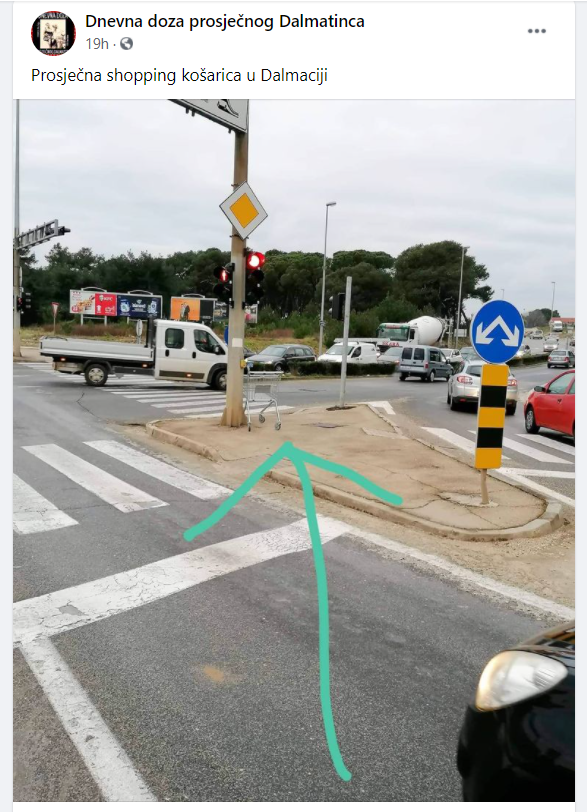 Dnevna doza prosječnog Dalmatinca Facebook screenshot
Dnevna doza prosječnog Dalmatinca Facebook screenshot


